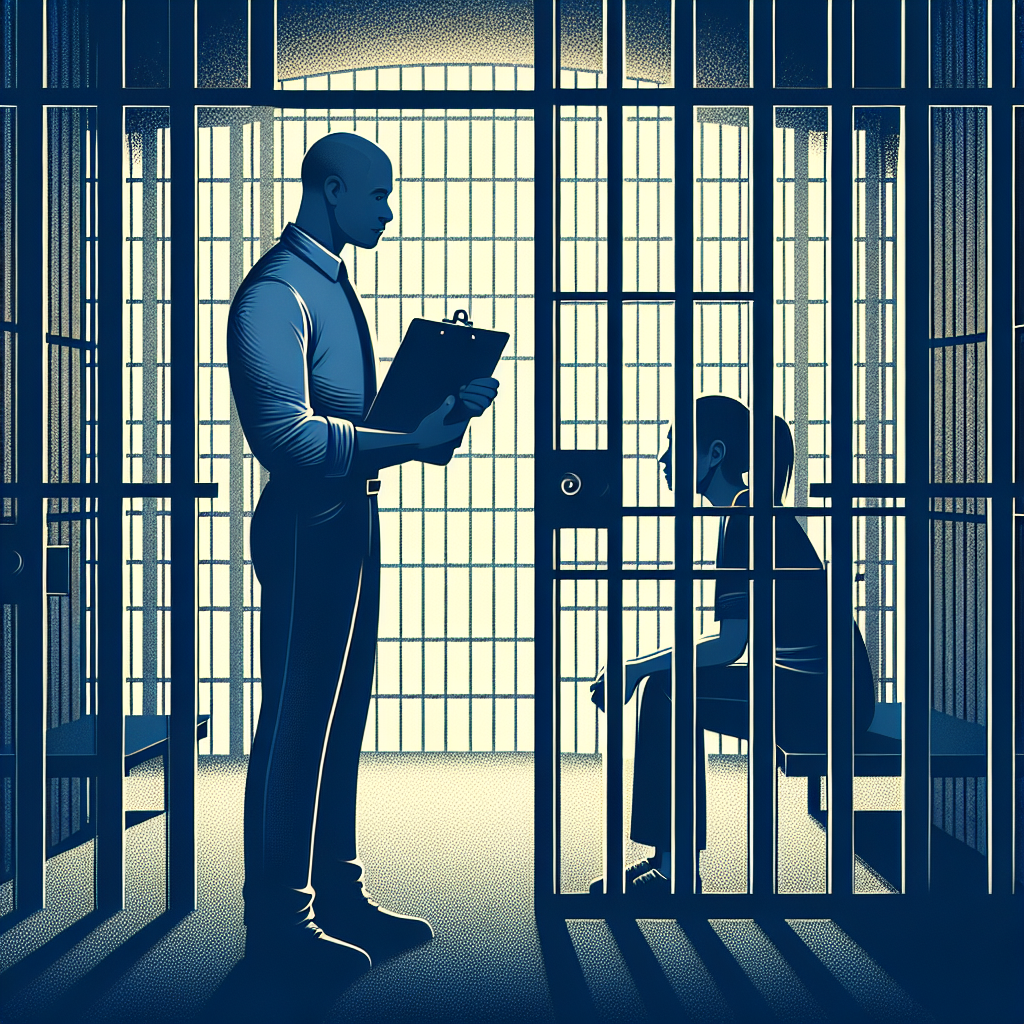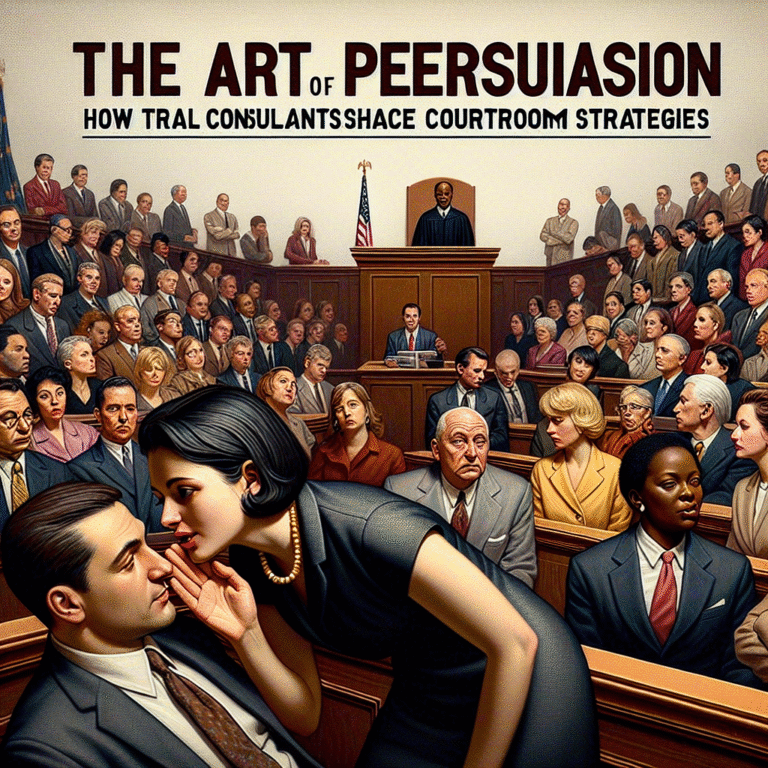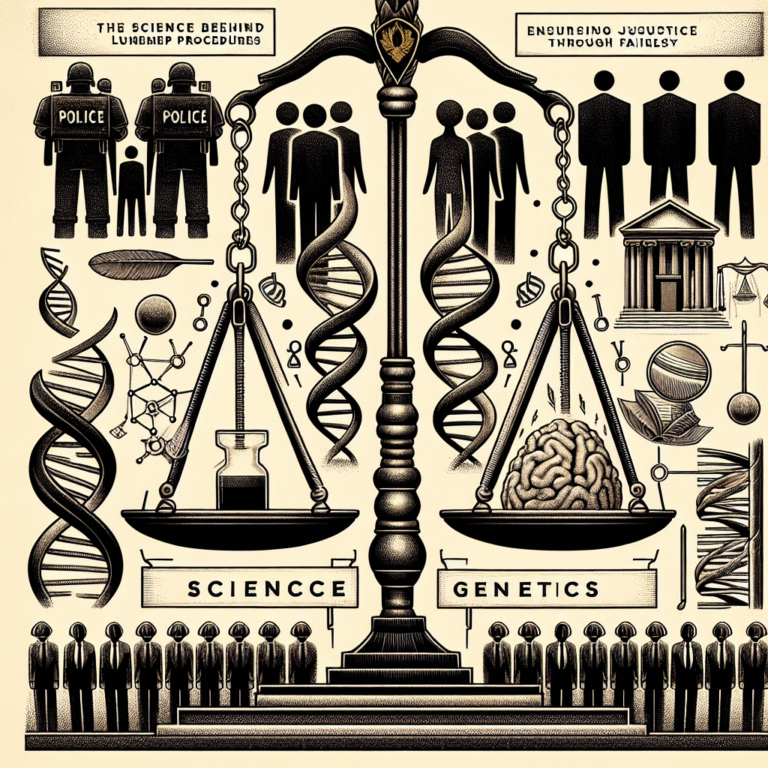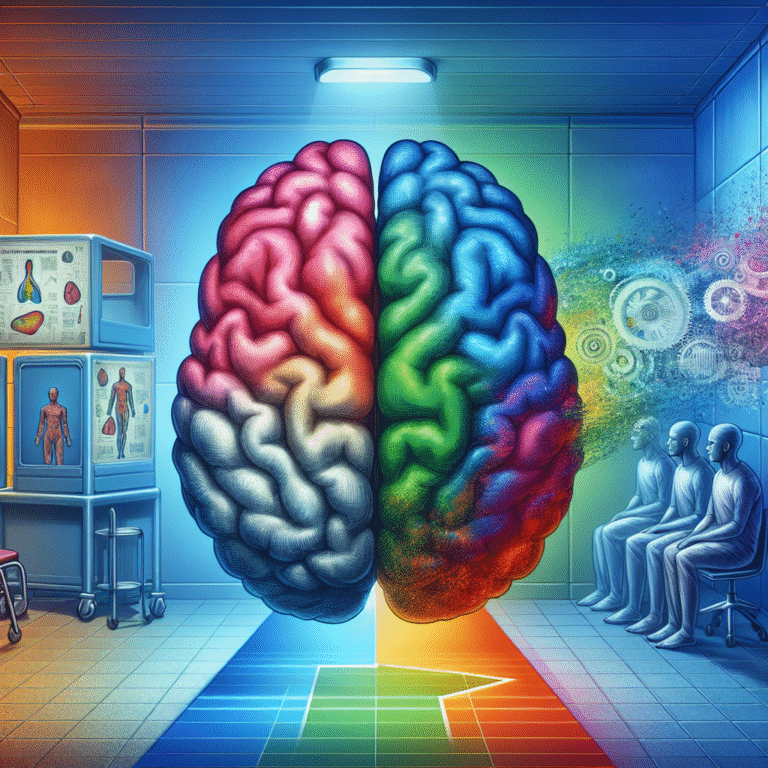
Introduction
Picture this: A dimly lit cellblock where despair lingers in the air, but beneath the concrete walls lies the possibility of transformation. Behind bars is not merely a phrase associated with punishment; it represents an opportunity for rehabilitation. Behind Bars: The Role of Correctional Psychology in Rehabilitation can mean the difference between recidivism and successful reintegration into society. In this article, we will explore the pivotal role that correctional psychology plays in reshaping lives, lowering recidivism rates, and fostering a safer society for everyone.
Understanding Correctional Psychology
What is Correctional Psychology?
At its core, correctional psychology focuses on understanding the behaviors, thoughts, and emotions of incarcerated individuals. It involves assessing psychological issues that contribute to criminal behavior and developing intervention strategies to address these issues. Correctional psychologists work alongside other professionals to create rehabilitation programs tailored to the individual needs of inmates.
The Historical Context
Historically, correctional facilities prioritized punishment over rehabilitation. Early prisons were dark corners of society, filled with individuals who were seen as irredeemable. However, as understanding of mental health and human behavior evolved, so too did the perception of rehabilitation. Today, correctional psychology aims to facilitate coping skills, emotional regulation, and decision-making—all crucial components of an inmate’s transformation.
The Key Functions of Correctional Psychology
Assessment and Diagnosis
One major aspect of correctional psychology is the thorough assessment of inmates. Through interviews, questionnaires, and standardized testing, psychologists can identify underlying mental health issues such as mood disorders, substance abuse, and untreated trauma. This assessment not only helps to inform treatment plans but also provides a roadmap for subsequent steps in the rehabilitation journey.
Therapeutic Interventions
Once an assessment is completed, the next step is to implement therapeutic interventions. Common techniques include:
- Cognitive Behavioral Therapy (CBT): CBT helps inmates challenge negative thought patterns and replace them with constructive thoughts.
- Dialectical Behavior Therapy (DBT): This approach teaches emotional regulation and interpersonal effectiveness.
- Trauma-Informed Care: Recognizing and addressing past traumas is crucial for many inmates seeking rehabilitation.
Case Study: The Ripple Effect of CBT
In California’s San Quentin State Prison, a groundbreaking program implementing CBT resulted in a remarkable 50% reduction in recidivism over five years. Inmates who participated reported not only lower relapse rates but also improved relationships with family members upon release. This case study exemplifies Behind Bars: The Role of Correctional Psychology in Rehabilitation, showcasing how effective psychology can catalyze necessity-driven change.
The Benefits of Correctional Psychology
Reduced Recidivism Rates
One of the most significant advantages of correctional psychology is its impact on recidivism rates. Research shows that inmates who engage in psychological counseling have lower chances of reoffending. Through tailored therapeutic methods, they learn to manage urges and triggers that may lead to a return to crime.
Improved Mental Health
Incarceration often exacerbates pre-existing mental health issues. Correctional psychology provides a necessary avenue for addressing these concerns, leading to improved emotional well-being among inmates. Well-structured therapy can mean the difference between maintaining mental stability in a high-stress environment or succumbing to hopelessness.
Enhanced Re-Entry Experiences
Psychological interventions not only prepare inmates to manage their time behind bars but also equip them for life post-release. Life skills training, as part of rehabilitation, can lead to more successful reintegration into society and, ultimately, lower crime rates.
Chart: The Pathway to Rehabilitation
| Component | Description |
|---|---|
| Assessment | Identifying psychological issues and needs |
| Therapeutic Intervention | Applying targeted psychological methods |
| Skill Development | Teaching coping skills and emotional regulation |
| Post-Release Support | Ensuring continuity of care and community integration |
The Role of Training and Education
Correctional psychologists must undergo specialized training to work effectively in such complex environments. Understanding the dynamics of prison culture, barriers to communication, and engaging with a diverse population are crucial skills in this field. Additionally, ongoing education about mental health advancements is vital in providing the best care for inmates.
Collaborative Approach
Effective rehabilitation necessitates a collaborative effort. Correctional psychologists often work with social workers, educators, and correctional officers to create a holistic environment that fosters personal growth. This team approach is essential in ensuring that inmates receive comprehensive support—both inside and outside prison walls.
Conclusion
Behind Bars: The Role of Correctional Psychology in Rehabilitation signifies more than just the task of therapy; it embodies the hopeful promise of transformation. By focusing on mental health, specialized interventions, and comprehensive support systems, correctional psychology has the potential to turn lives around. As society continues to grapple with issues of crime and punishment, understanding the psychological aspect of rehabilitation is essential for creating lasting change.
Final Takeaway
For policymakers, correctional facilities, and advocates, the message is clear: investing in psychological support systems within prisons is not just a moral obligation; it is a pragmatic approach to reducing crime rates and providing second chances. Everyone deserves the opportunity to rebuild their life, even those Behind Bars.
FAQs
What is correctional psychology?
- Correctional psychology focuses on understanding the behaviors and mental health needs of incarcerated individuals to aid in their rehabilitation.
How does correctional psychology influence recidivism rates?
- Engaging in psychological therapy helps inmates learn coping skills, thereby reducing the likelihood of reoffending.
What types of therapy are used in correctional psychology?
- Common therapeutic methods include Cognitive Behavioral Therapy (CBT), Dialectical Behavior Therapy (DBT), and trauma-informed care.
Why is assessment important in correctional psychology?
- Assessment helps identify psychological issues, which in turn informs individualized treatment plans for inmates.
- What is the impact of correctional psychology on mental health?
- Addressing mental health issues through therapy can lead to improved emotional stability and well-being among inmates.
As we delve into the intricate dynamics of correctional psychology, we uncover a world that is not only focused on punishment but also on healing and hope. Informed understanding leads to informed action, and together, we can work to change lives for the better—both Behind Bars and beyond.















